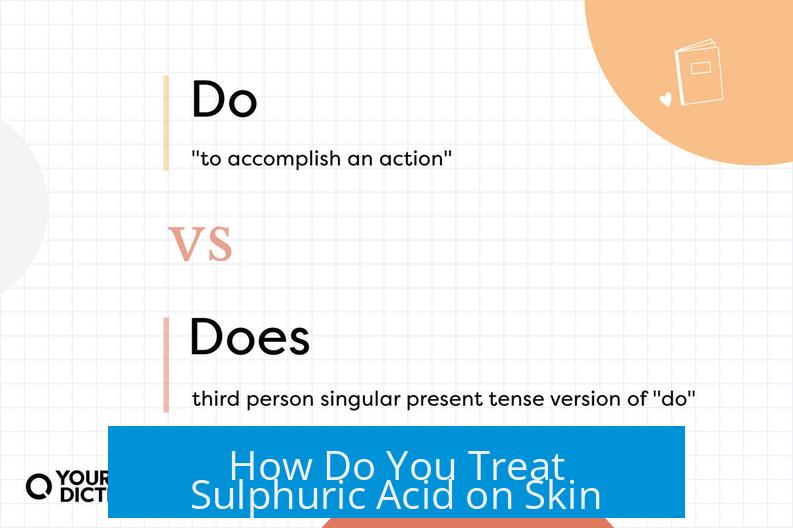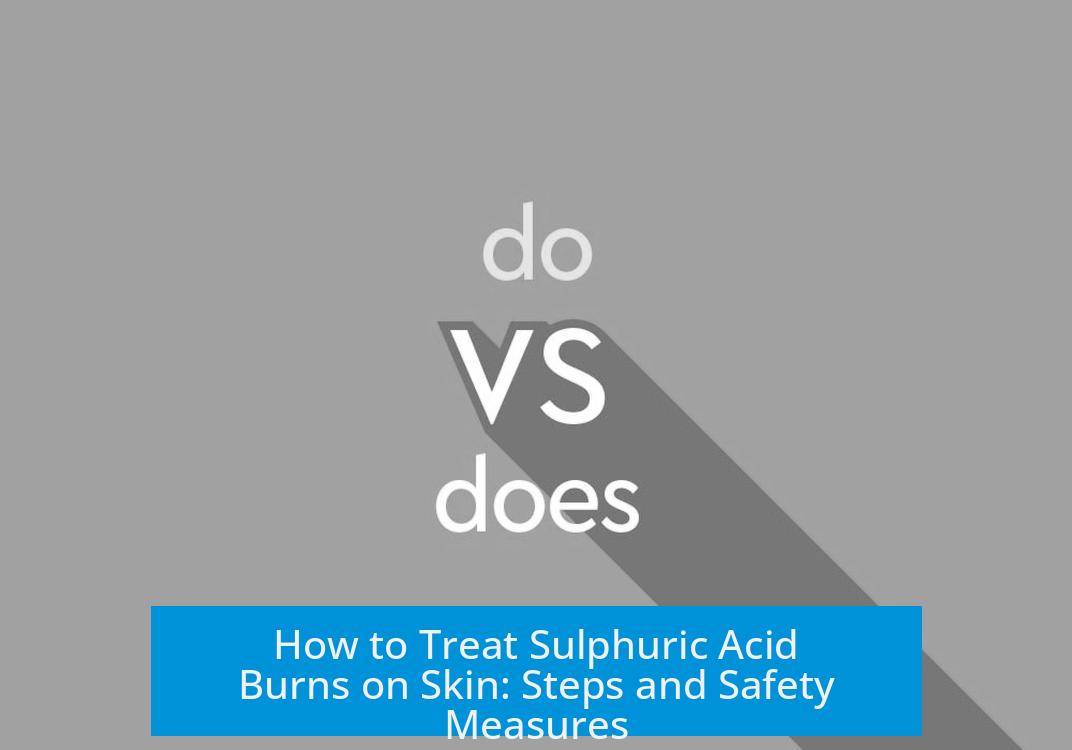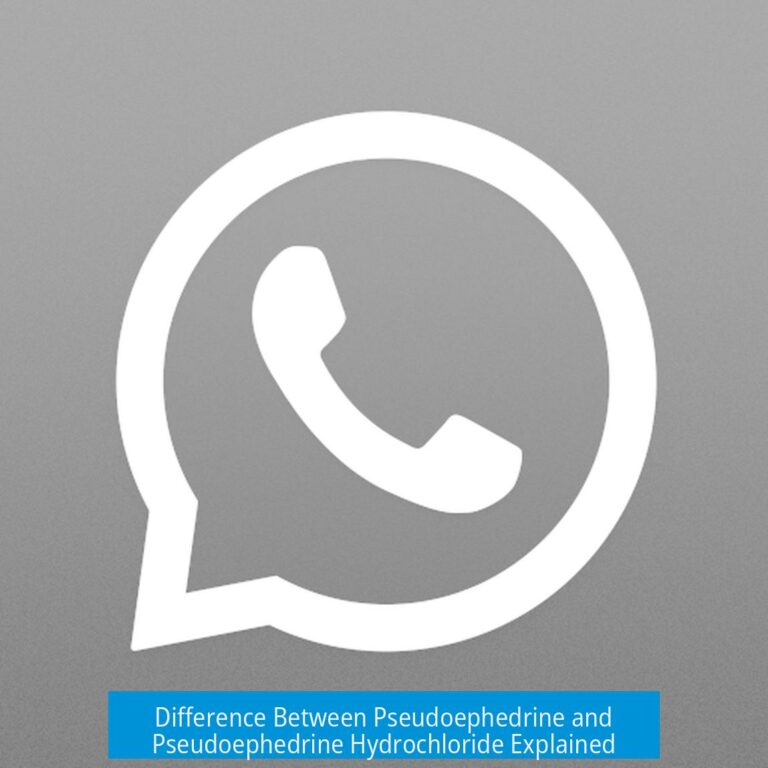How Do You Treat Sulphuric Acid on Skin?

The correct and immediate treatment for sulphuric acid on skin is to rinse the affected area immediately and thoroughly with a large amount of water to dilute the acid and dissipate the heat generated from the reaction. This first step is essential to reduce tissue damage. Following rinsing, seeking medical attention is often necessary depending on the severity of the exposure.
Immediate Rinsing with Water: The Primary Response
The most critical action when sulphuric acid contacts the skin is to begin flushing the area with water without delay. The priority is to dilute the acid rapidly, which simultaneously lowers its concentration and absorbs exothermic heat from the dilution process.
- Use a strong flow of tap water or any readily available water source.
- Continue rinsing for at least 15 minutes to ensure thorough removal.
- Water temperature should be mild or lukewarm, avoiding extremes that could affect skin integrity.
- Apply water at a high velocity or in copious amounts (e.g., using a 20-liter bucket in absence of a tap).
Rinsing instantly without wiping the chemical off first is crucial because wiping delays dilution and can spread acid particles, increasing injury.
Why Avoid Neutralizing Agents Before Water?
Applying neutralizing agents directly onto sulphuric acid on skin is generally discouraged as a first step. Neutralization of sulphuric acid with bases is exothermic and can generate sufficient heat to worsen burns if not handled correctly.
- Wiping the acid away before rinsing can spread contamination or trap heat.
- Using bases such as baking soda is suitable only if water is not immediately available and the acid concentration is low to moderate.
Neutralization should only follow initial water irrigation and expert guidance.
Role of Neutralizers Like Baking Soda and Diphoterine
In some workplaces, substances like baking soda or sodium acetate are kept as secondary measures. These weak bases can neutralize residual acid after initial water rinsing but are not substitutes for water.
- Baking soda (sodium bicarbonate) can neutralize sulphuric acid by reacting to form carbon dioxide, water, and a salt.
- Diphoterine® solution is a specialized emergency decontamination agent that encapsulates the acid molecule, effectively reducing its corrosiveness.
- Diphoterine is often recommended when available because it acts faster and reduces tissue damage.
Once neutralization occurs, additional water rinsing helps clear reaction byproducts. After that, the application of burn-care treatments or protective creams can be done only if the skin remains intact.
Concentration and Exposure Duration Affect Treatment Urgency
The severity of skin injury from sulphuric acid depends significantly on the acid’s concentration and the length of exposure.
| Concentration | Recommended Immediate Action | Notes |
|---|---|---|
| Highly concentrated (≥18 M or concentrated sulphuric acid) | Immediate, copious water rinsing for 15+ minutes | High risk of severe burns; rapid dilution critical to prevent necrosis |
| Moderate concentration (<1 M to dilute solutions) | Water rinsing plus neutralizer if water is not immediately available | Some allowance for neutralization; still requires thorough rinsing |
| Very low concentration (diluted acid) | Rinse with water; monitoring symptom development | Lower risk but must be vigilant for skin irritation or damage |
Quick action is necessary for concentrated acid to minimize chemical burns that may result in permanent scarring or necrosis.
Signs Indicating Need for Medical Attention
After initial first aid, symptoms guide further medical evaluation:
- Persistent redness, pain, or swelling at injury site
- Loss of sensation or numbness
- Formation of blisters or open wounds
- Signs of infection such as pus or increased warmth
For severe exposures, emergency care protocols are mandatory. Treatments may involve burn dressings, administration of pain relief, and infection control. Eye exposure requires extended rinsing protocols and urgent ophthalmological evaluation.
Important Safety Practices and Training
Proper safety measures are essential to prevent and promptly deal with sulphuric acid exposure:
- Always check Material Safety Data Sheets (MSDS) and safety data sheets for chemicals.
- Ensure emergency eyewash stations and safety showers are accessible and functional.
- Staff working with acids should receive specific training on first aid and handling procedures.
- Keep neutralizers like baking soda within immediate reach as secondary mitigation.
- Be aware of the nearest water sources; time delays can increase injury severity.
An unsafe work environment without proper training or equipment must be reported to occupational health authorities.
Summary of Sulphuric Acid Skin Treatment
- Immediate and copious water rinsing is the cornerstone of first aid for sulphuric acid skin contact.
- Do not wipe or neutralize with chemicals before rinsing, as this may increase burn severity.
- Neutralizing agents like baking soda can be useful only if water is unavailable and acid concentration is low to moderate.
- Higher concentrations need prompt dilution with large volumes of water to prevent tissue necrosis.
- Specialized solutions such as Diphoterine provide improved neutralization but should complement water rinsing.
- Seek medical evaluation if symptoms persist, worsen, or involve extensive skin damage.
- Maintain awareness of safety protocols, emergency wash stations, and proper training in workplaces handling sulphuric acid.





Leave a Comment